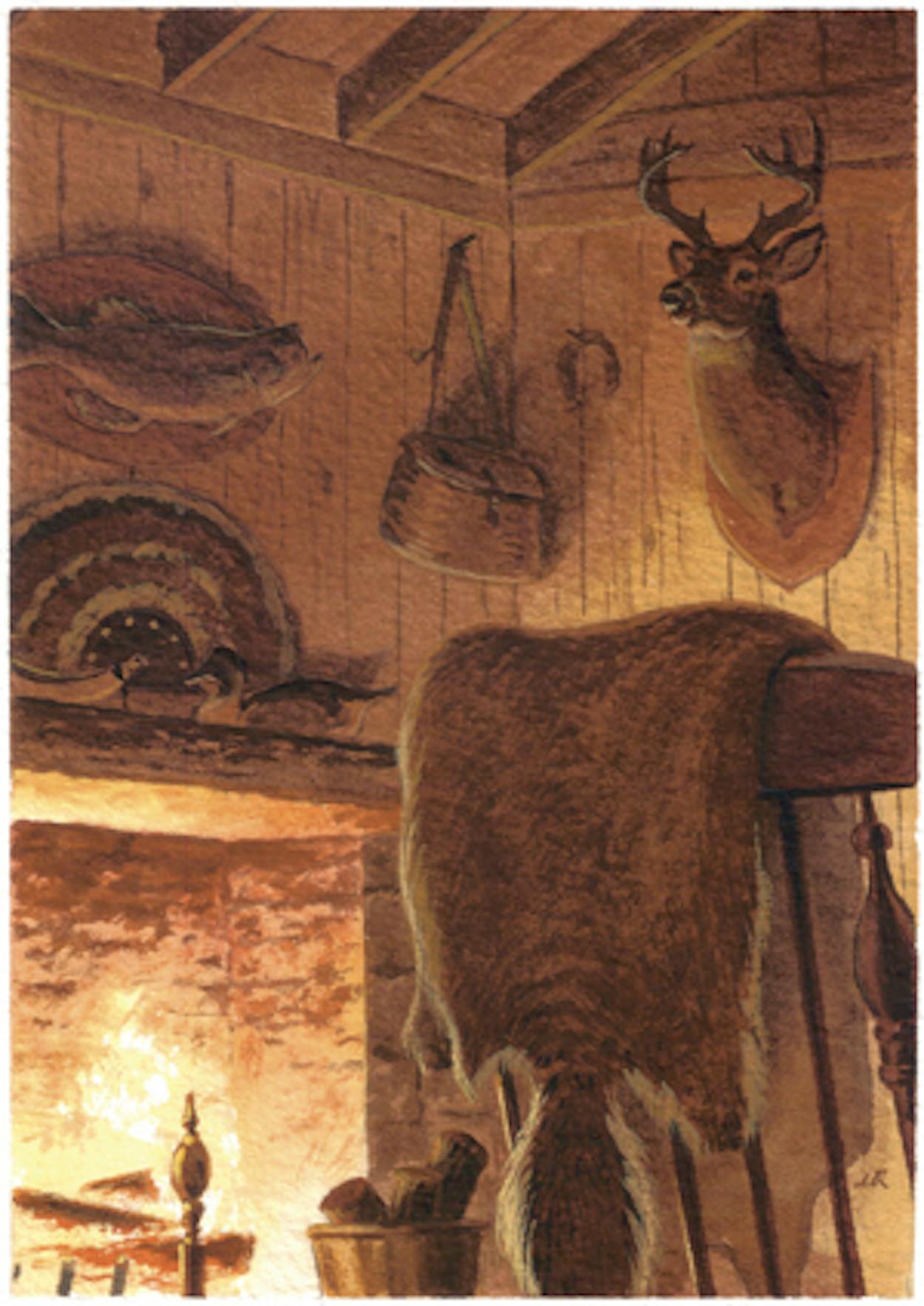According to an old wives’ tale, every animal has enough brain matter to tan its own hide. While the amateur tanner may not embrace that technique, rest assured there’s more than one way to tan a deer, so to speak. “Professionals often use harsh chemicals and acids,” says Durango-based master taxidermist Clay Wagner, who has been working with skins for 26 years. “But there is a simple and safe way to tan a hide using household items like salt, baking soda, and vinegar.” Once the hide has been removed from the animal, it’s ready for processing, but be sure to keep the skin in a cool, dry place while working with it.
1. Cut away all the excess meat and fat from the skin with a sharp knife. Then use the serrated edge of a butter knife to scrape the hide. “This part is time-consuming,” Wagner says. But it is integral to the process.
2. Spread the skin out, fur side down, on a flat surface. Completely cover the fleshy surface with salt (not rock salt). “You cannot use too much,” Wagner says. Leave overnight. The next day soak the salted skin in clean water for up to two hours, or until the skin is soft.
3. “Pickling the skin helps prepare it for tanning and sets the hair,” Wagner says. Make a pickle bath in a plastic tub using equal parts distilled white vinegar and water plus two pounds of salt per gallon of solution (a typical deer hide requires about four gallons). Immerse the skin and leave for up to three days, stirring several times per day. Then neutralize the skin by soaking it in a solution made from four gallons of water mixed with two cups of baking soda for up to forty minutes. Rinse in clean water and towel dry.
4. Oil the skin to prevent it from cracking or drying out. Using a tanning oil solution, which can be purchased online, evenly coat the flesh side. Fold in half, with the fur side facing out, and let it sit overnight.
5. Hang the skin up until it is nearly dry, then work the flesh side over a table edge or wooden sawhorse until the skin is pliable. “The more you work it, the softer it becomes,” Wagner says.








